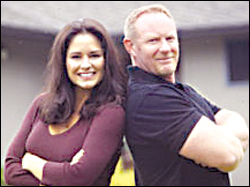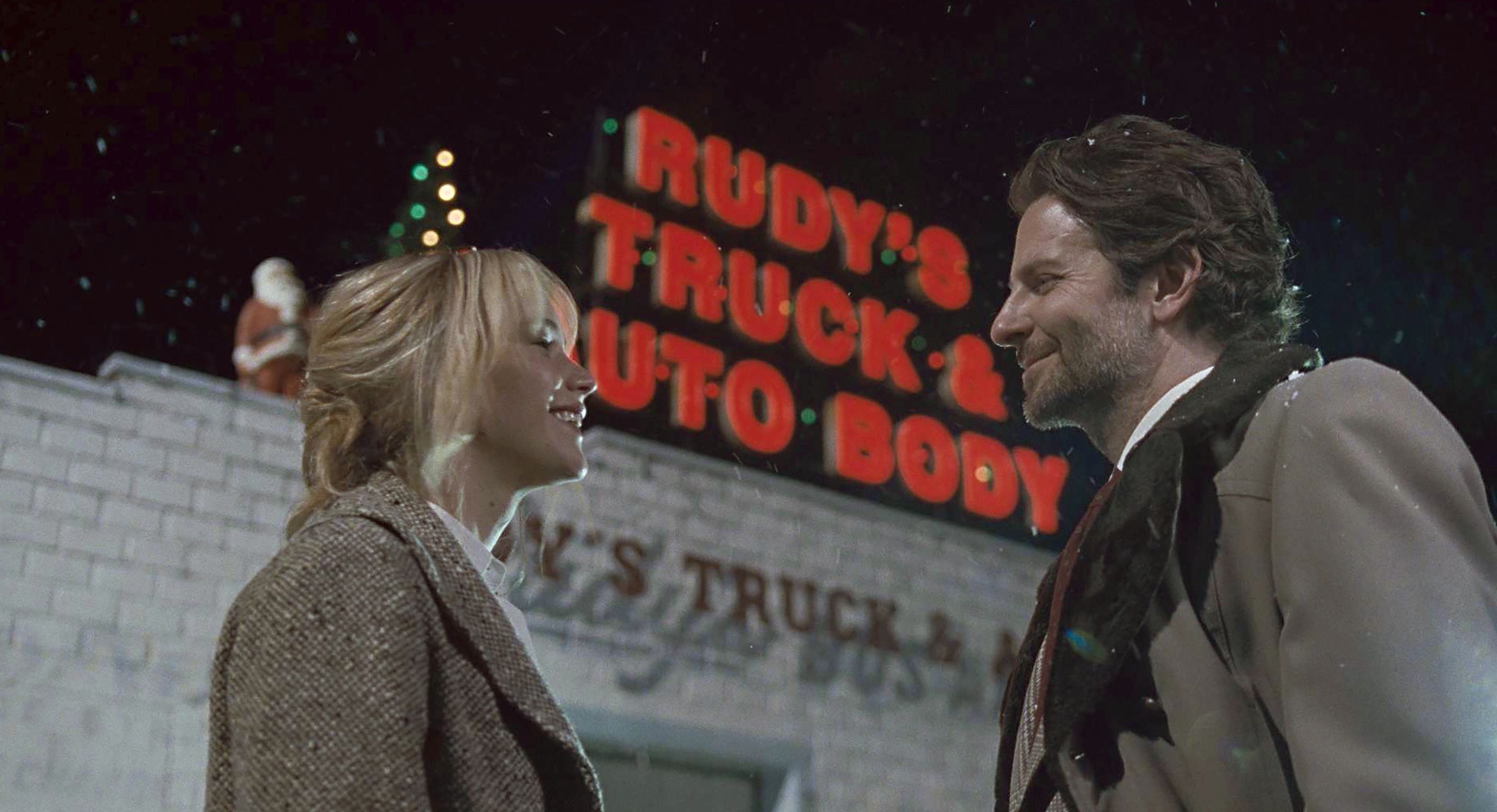SLAP A COAT OF PAINT on your cracker-box bungalow in an undesirable hood with dodgy neighbors, and you can raise your asking price by 50 grand? It’s not quite so simple as that in Seattle’s strongly seller- favored market, although A&E’s popular makeover show Sell This House (Sunday nights at 7 p.m.) has clearly latched on to some important truths about turning residential dross into gold. Driven by demand and low (but rising) interest rates, lots of locals are eagerly cashing out of one home to put their equity in another. But we all know how the seemingly easy sell can get stuck in escrow with picky buyers—leaving some juggling double payments on dueling mortgages. There are some inexpensive but effective tricks to cracking a shabby old piggy bank, as I learned at a nondescript Eastside rambler.
On a rainy Thursday morning last October, I drove over to Bellevue’s Enatai neighborhood to watch the taping of a House episode being created by Seattle’s Screaming Flea Productions for a January airdate. Pulling the flyer from the Realtor’s box outside, I quickly scanned the stats for a 1953 ranch house listed at $500K: 2,170 square feet, four beds, two and one-half baths, large lot (over 13,000 square feet), all located in a leafy, quiet neighborhood with good schools. Sounds nice enough—so why hadn’t it sold after three months on the market?
One look at the exterior explained the lag: The place was showing its age, and the interior—bad carpeting, worse wallpaper, and a surfeit of furniture and knickknacks—wasn’t much better. But, as Screaming Flea’s Dave Severson explained, that’s the entire point of Sell This House. “If the house is pristine, there’s no reason for us go there. There’s no story line. It’s not TV.” House is selling drama, you see, the drama of a frump-turned-glamour-puss—albeit on a low, low budget.
Shooting over a frantic three days, the crew first hosts an open house with hidden cameras, recording the reactions of prospective buyers. “It’s awful!” goes the typical response. (The ugly duckling must first be scorned before emerging into swanhood.) In the finished show, the poor home owners—in this case a nice couple who’d raised three kids there over 25 years—are forced to watch the so-called highlights of criticism. It’s like Elimidate, The Bachelor, and Survivor, as their house gets dinged by one prospect after another. Cruelty and beauty are integral to the drama.
Enter Roger and Tanya, the on-camera talent for House. She’s a former Canadian beauty queen turned Hollywood ingénue (think C-movie Sandra Bullock); he’s a hulking decorator straight outta Chelsea (think gay Lou Ferrigno). Together, they have a kind of Queer Eye for the Straight House shtick that isn’t entirely canned and annoying. She puts a kinder face on his barked edicts. Among them: “We need to get rid of personal items,” “The easiest way to modernize is—get rid of it!” and “People are buying square footage, not furniture.” You get the idea: Cleanliness sells, clutter repels. Their good-cop/bad-cop routine is made a little less strident by the fact that they help the hapless owners with the furniture moving, repainting, and grunt work; this isn’t network TV, where the stars lounge in their trailers. (When I ask about Ty Pennington of rival show Trading Spaces, Roger sneers, “He’s an actor!”)
Warned not to lean against any of the freshly painted walls (still wet with only hours to go before that day’s follow-up open house), I watch as Roger arranges the remaining furniture to favor the living room’s wall of windows. The place has already been cleaned up considerably—as is obvious when viewing the finished show—and those “relics of personal taste” removed. Out come the low-cost “accent pieces” purchased at Target, Home Depot, and Pier 1: candles, glass bowls, and other innocuous tchotchkes. Oddly, for a television program, the TV has also been removed.
Total budget for the three-day whirlwind? Only $585 spent on other low-cost, high- impact projects like rewallpapering the bathroom, cleaning and restretching the master bedroom rug, and hanging some new drapes—nothing fancy, nothing too hard to do (or undo, so far as prospective buyers are concerned).
It’s all part of the process of “staging,” treating the for-sale house like a proscenium onto which prospective buyers can project their feelings and imaginations. The open house as theater becomes the show’s explicit third-act theme when the previously unwilling buyers return for another visit. This time it’s “Wow!”—the makeover has worked (albeit only in selected rooms; all that clutter and excess furniture has got to be stored somewhere).
Yet this episode of House ends with a curious postscript. Despite Tanya’s chirping that “the Seattle market is really hot,” we learn that the Enatai house actually hadn’t been purchased by airtime—another three months later. Good television may sell, but problem houses may not. What happened to the rambler? Its agent, Larry Gockel of Coldwell Banker Bain (a sponsor of the A&E show), explains that the house finally sold this summer after going through three contracts and seven offers. “Prices sort of caught up to it,” he says of the forlorn listing. But that long duration doesn’t mean the house was a dog. “In today’s market, you can have houses that sit forever.” Essentially, by waiting, the sellers got the price they wanted—or very close to it. What might’ve been a tear-down at a lower number, Gockel adds, became more of a fixer in a desirable neighborhood where such projects are rare. “It wasn’t your typical home. We were maximizing the dollars, and we had the time.”
So does staging work even for a fixer? “Nine times out of ten,” Gockel concludes, “it works. As a general rule, if you prep the home for sale, it’ll sell faster.”
For those unwilling to heed Roger and Tanya’s knock at the door, however, their decluttering, depersonalizing lessons probably still apply. At some level, the real-estate business is show business—presentation and personality are part of the spectacle. Nothing trumps location and square footage, but when your house is—metaphorically speaking—posing next to Brad Pitt, a little teeth whitening and hairstyling would certainly help.
What’s that cosmetic work worth? Maybe not much more money, but likely a quicker sale. Which means, equity in hand, you can soon be shopping again—joining the crowd of snide open-house arbiters, jeering, “It’s awful!” and, “Those drapes are terrible!” and otherwise enjoying being in the audience, not the star of the show.








